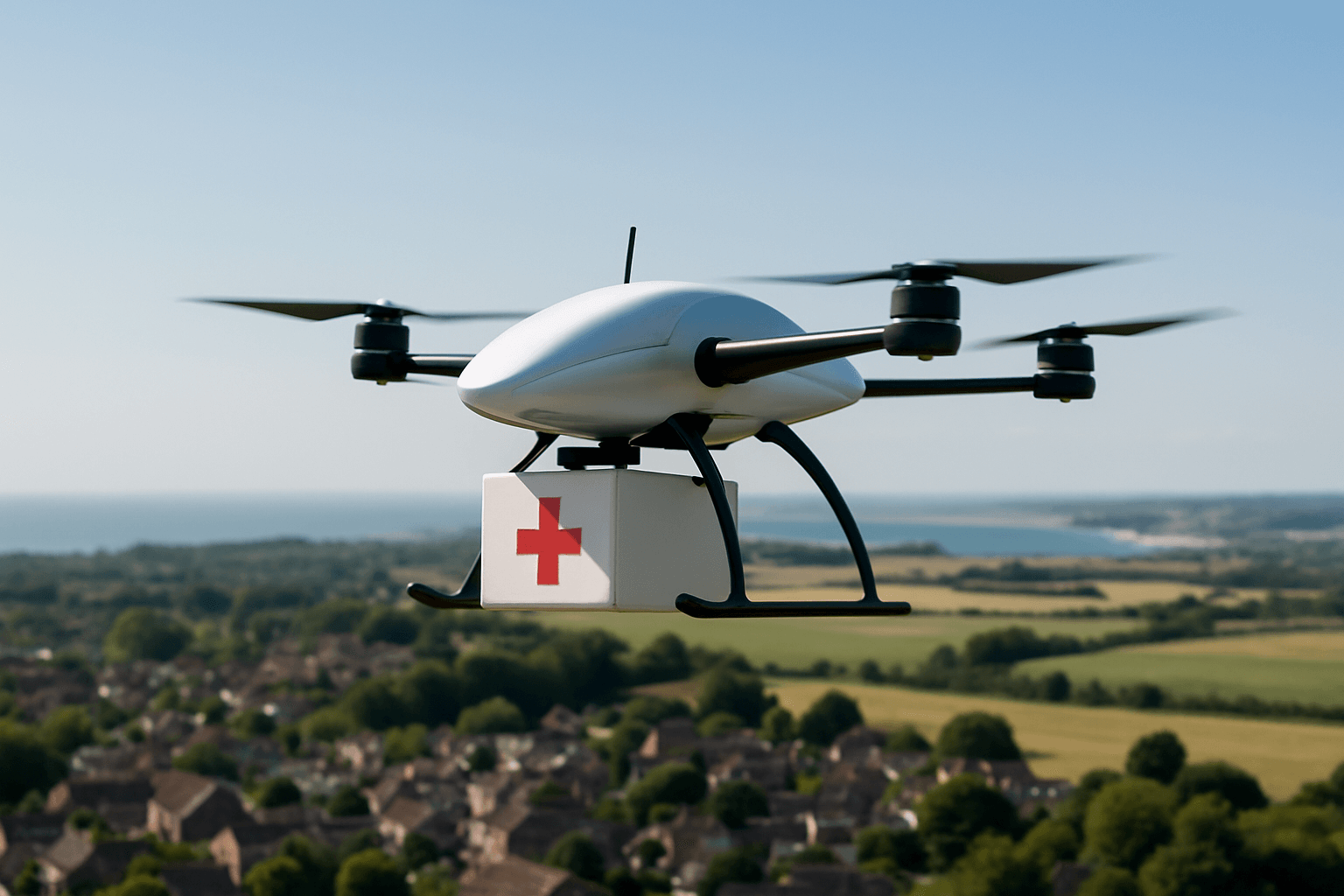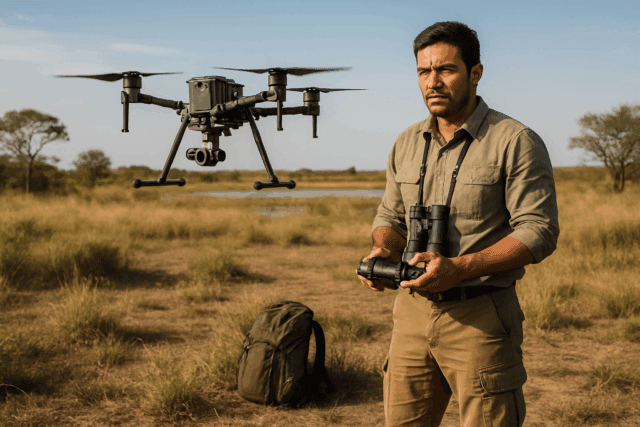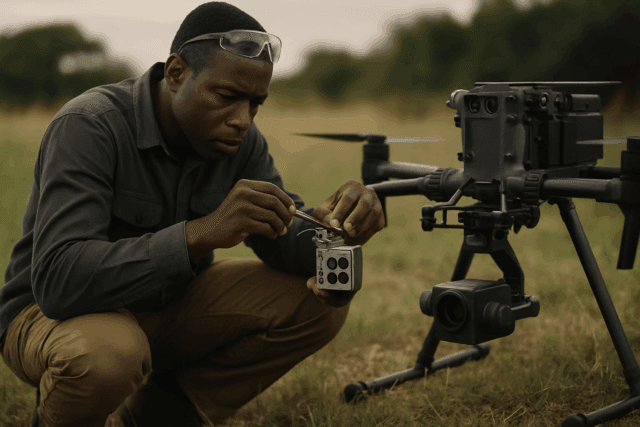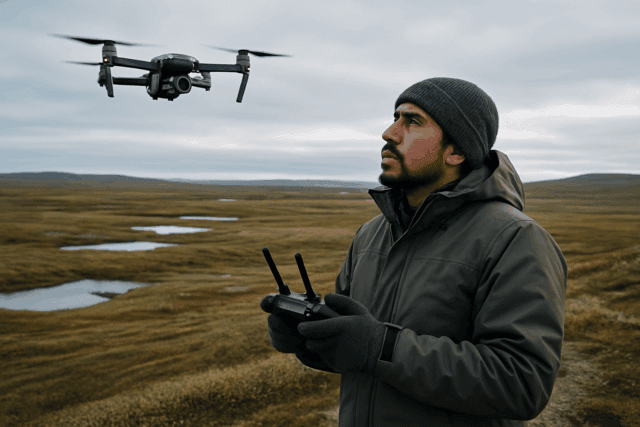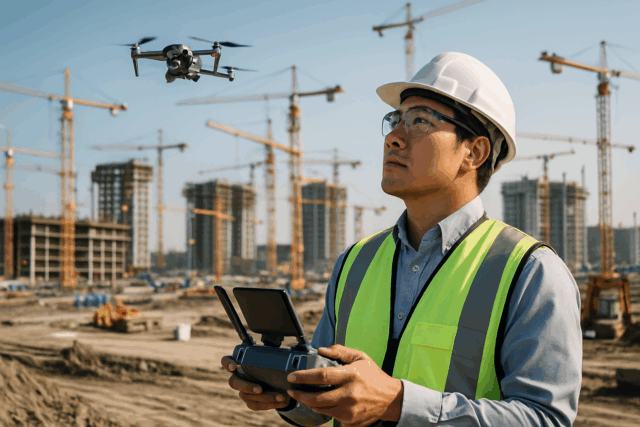Drones are no longer just toys for hobbyists; they’re rapidly transforming healthcare logistics across the UK, offering faster, greener, and more efficient ways to deliver vital medical supplies. From transporting blood samples between London hospitals to delivering chemotherapy to the Isle of Wight and essential medicines to remote Scottish communities, drones are proving to be a game-changer in the medical field.
The UK’s Drone Delivery Revolution: Taking Healthcare to New Heights
The UK is at the forefront of integrating drone technology into its healthcare system, with several pioneering projects and trials underway. These initiatives aim to address critical challenges in medical delivery, such as:
- Accessibility: Reaching remote and rural areas with limited infrastructure.
- Speed: Expediting the delivery of time-sensitive materials like blood samples and medications.
- Efficiency: Streamlining logistics and reducing transportation costs.
- Sustainability: Lowering carbon emissions compared to traditional delivery methods.
NHS Embraces Drone Technology
The National Health Service (NHS) is actively exploring and implementing drone delivery solutions across various regions. Some notable examples include:
- London: A partnership between Guy’s and St Thomas’ NHS Foundation Trust, Apian, and Wing is using drones to transport blood samples between hospitals, significantly reducing turnaround times for critical tests. This service is particularly beneficial for patients undergoing surgery who are at risk of complications from bleeding disorders.
- Isle of Wight: The Isle of Wight NHS Trust, in collaboration with the University of Southampton, Solent Transport, and Apian, has been trialing drone deliveries of chemotherapy drugs to St Mary’s Hospital. This initiative aims to minimize wastage, reduce treatment delays, and free up staff time for direct patient care.
- Scotland: Project CAELUS (Care & Equity – Healthcare Logistics UAS Scotland) is developing a national distribution network using drones to transport essential medicines, blood, organs, and other medical supplies throughout Scotland. This project, led by AGS Airports and involving 16 partners, seeks to eliminate land transport issues and improve healthcare access in rural areas.
- Northumbria: Northumbria Healthcare NHS Foundation Trust is partnering with Zipline and Apian to expand drone delivery of medical supplies to hospitals, GPs, and care homes. This program will provide timely access to prescriptions, wound care, and other frequently needed medical products, reducing reliance on expensive last-minute logistics.
Project Lifeline: Drones for Emergency Medical Services
The LifeLine project is focused on using drones for emergency medical services, delivering critical equipment such as defibrillators, EPI pens, and anti-bleeding kits faster than ever before. The project also enhances first responders’ effectiveness by providing live camera feeds, which significantly improve situational awareness and decision-making during emergencies.
The Benefits of Medical Drone Delivery: A Bird’s-Eye View
The use of drones in medical delivery offers a multitude of advantages, transforming healthcare logistics and patient care:
- Faster Delivery Times: Drones can bypass traffic congestion and other obstacles, delivering medical supplies and samples much faster than traditional methods. In London, drone transport of blood samples between hospitals takes less than two minutes, compared to over half an hour by road.
- Improved Access to Remote Areas: Drones can reach isolated communities and areas with poor infrastructure, ensuring that patients receive timely access to essential medicines and supplies. In Scotland, drone delivery can reduce a 5-hour journey by road to just 35 minutes.
- Reduced Costs: Drones can lower transportation costs by eliminating the need for expensive logistics systems and specialized vehicles.
- Increased Efficiency: Drones streamline logistics, reduce wastage, and free up healthcare staff to focus on direct patient care.
- Environmental Benefits: Drones emit less carbon dioxide than cars or trucks, contributing to a more sustainable healthcare system. Lightweight commercial drones can reduce carbon dioxide equivalent (CO2e) emissions by up to 99% compared to non-electric cars.
- Enhanced Emergency Response: Drones can deliver life-saving equipment, such as defibrillators, to patients in critical situations, potentially saving lives.
Challenges and Considerations: Navigating the Turbulence
While the potential of medical drone delivery is immense, there are also challenges and limitations that need to be addressed:
- Regulations: Strict regulations govern drone operations, including airspace approvals, beyond visual line of sight (BVLOS) restrictions, and safety standards.
- Payload Capacity: Drones have limited carrying capacity, typically around 2-4 kilograms, which restricts the range of items they can transport.
- Range and Battery Life: Drones have limited range and battery life, affecting the number of deliveries they can make on one flight.
- Storage Conditions: Some medicines require specific temperature-controlled conditions and multilayer packaging, which must be maintained during drone transport.
- Weather Conditions: Drones can be affected by adverse weather conditions, such as strong winds, rain, and extreme temperatures.
- Airspace Integration: Integrating drones into shared airspace with crewed aircraft requires careful coordination and safety measures.
- Public Acceptance: Gaining public trust and acceptance of drone technology is crucial for its widespread adoption.
UK Regulations Pave the Way for NHS Drone Deliveries
The UK government is investing £16.5 million in the Civil Aviation Authority (CAA) to build a regulatory framework for BVLOS drone operations. New regulations planned for 2026 would allow drones to fly long distances without their operators seeing them, unlocking long-distance missions across hard-to-reach areas.
The Future of Medical Drone Delivery: Soaring to New Horizons
The future of medical drone delivery in the UK looks promising, with ongoing advancements in technology, supportive regulations, and increasing adoption by healthcare providers.
- Expansion of Services: Drones will likely be used to transport a wider range of medical items, including pathology samples, medicines, and equipment.
- Integration with AI: Artificial intelligence (AI) will play a greater role in drone navigation, delivery optimization, and even remote assistance in emergency situations.
- Urban Deployments: As drone technology matures and regulations evolve, we can expect to see more drone deliveries in urban areas, connecting hospitals and pharmacies and delivering medications to patients’ homes.
- Disaster Relief: Drones will continue to be a valuable tool for delivering medical supplies and assistance to disaster-stricken areas.
Level 3.5 Regulations: A Game Changer
The introduction of Level 3.5 regulations, which relax or eliminate some of the Level 3 regulations with conditions, will make practical operations realistic, especially in underpopulated areas, and allow more regions to enjoy the benefits of drone delivery in the future.
Conclusion: The Sky’s the Limit for Medical Drones
Medical drone delivery is revolutionizing healthcare in the UK, offering faster, more efficient, and more accessible services. While challenges remain, ongoing advancements in technology and supportive regulations are paving the way for a future where drones play a vital role in delivering healthcare to all, regardless of location. As the NHS and private healthcare providers embrace this innovative technology, the sky’s the limit for medical drones in the UK.

